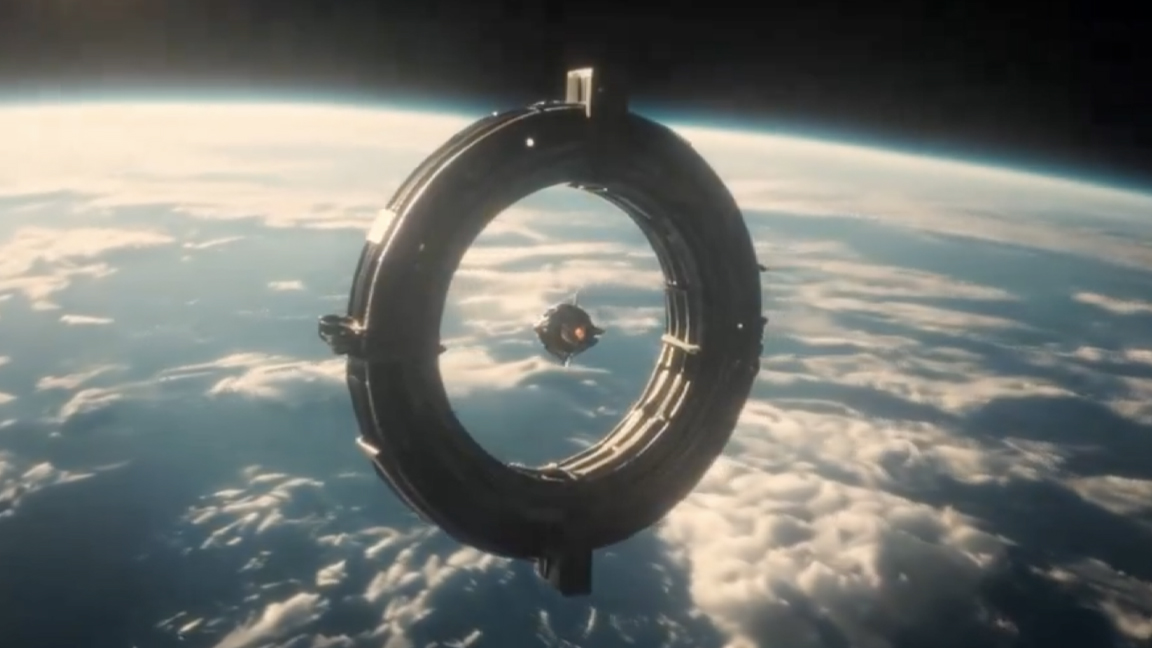
With AI making inroads into every area of the creative industry, and many believe AI is the future of filmmaking, we were excited to hear that AI was heavily involved in Jordan Rudess’ music video, Shadow of the Moon. The project involved blending live-action sequences with AI-generated visuals to achieve the final production.
More specifically, Lightricks' new platform. LTX Studio, was used to enable the team to explore visual possibilities without the constraints of traditional tools. LTX Studio is an AI-powered filmmaking platform that helps users create videos from text prompts. It is able to handle the entire process, from the initial idea to the final exported video. Its capabilities make it a powerful tool that is only going to find increasing traction in the entertainment industry, suggesting once again that AI is here to stay.
The music video centres around a couple journeying through space to find the fountain of youth. Outer space, a space station, and black holes were all used as themes to drive the visual storytelling, aided with LTX Studio.
Guy Bolandi was heavily involved in the project. He has a deep knowledge and huge experience with post-production, which has led him to direct dozens of commercials for high-end brands and clients. I caught up with Guy and asked him to share five areas from the Shadow of the Moon project that he utilised LTX Studio on, and why.
Brainstorming is made easier with AI
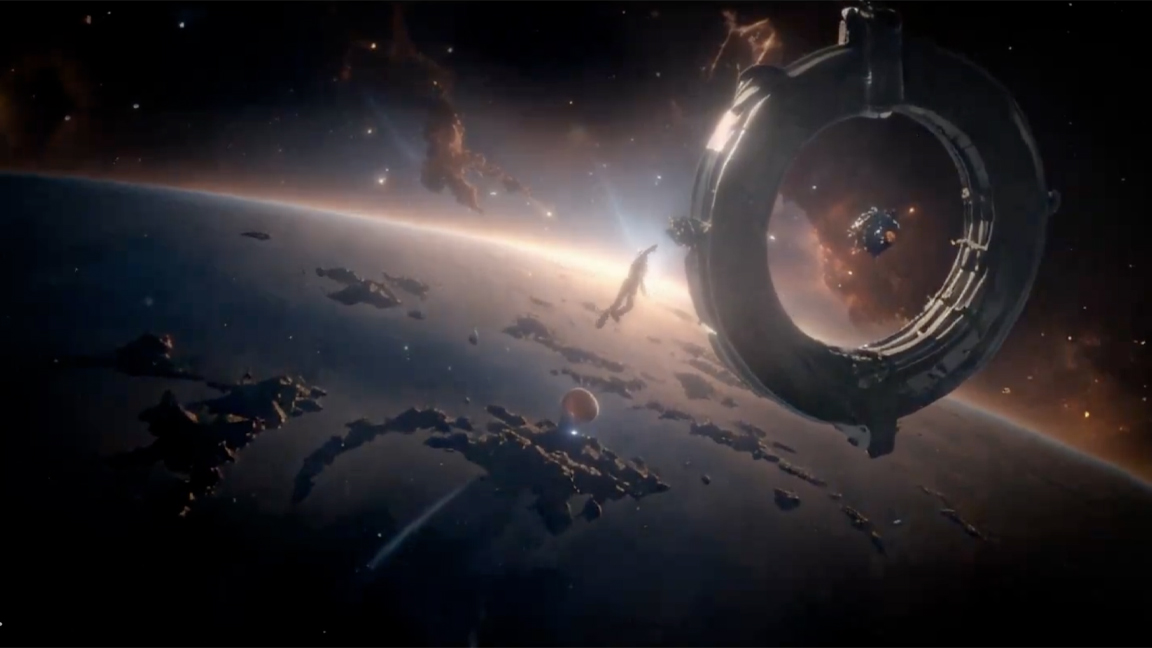
The creative concept for the music video, of a couple journeying through space to find the fountain of youth, was inspired by "the eternal concept of circular visuals for the imagery of the story to really capture the spiritual feel," says Guy who adds: "Think looming black holes, a huge round space station with tons of circular windows, and even an exploding sun."
These circular visuals became the key motifs throughout the film's story. Getting from these core themes to a more complete comes down to brainstorming ideas, finessing the creative process, a stage many find difficult, so here is where AI can help.
It's like a beautiful mistake that sparks ideas you'd never think of
"With these themes in mind, I was able to use LTX Studio to help jumpstart my brainstorming process," explains Guy, who reveals why AI is a great sounding board. "AI is really cool in that it’s like brainstorming with another person – you give it an idea and it helps generate additional concepts or add-ons that you might not have considered before."
Guy adds: "As a director, it’s such a strong tool to have access to and easily get the visual output you want. Even if AI might give you something you didn't initially envision, it’s like a beautiful mistake that sparks ideas you'd never think of, making the creative process so much smoother."
AI helps find a place to start
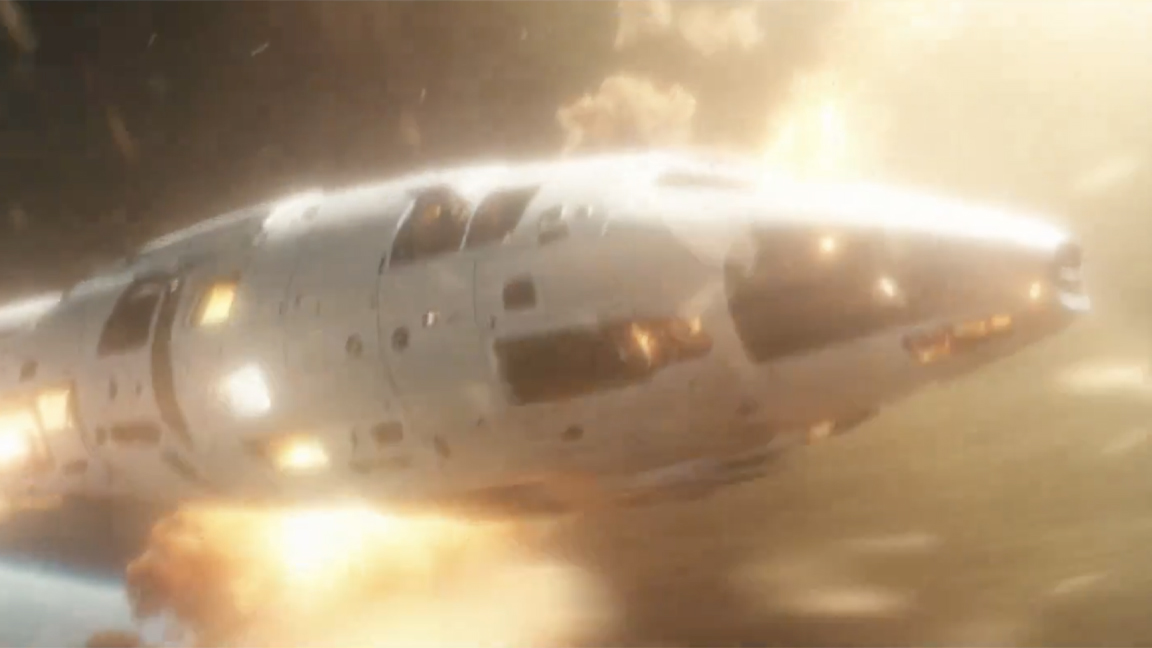
Guy tells me starting a new music video project can be really tough sometimes, "Where do you even begin?" he questions, highlighting the complexity and openness a music video affords.
"LTX Studio's Project Initiation feature gave me multiple starting points," reveals Guy who shares some of the ways the AI platform helped. "I could start with a single idea, import an existing script, or build my storyboard from the ground up. The idea-based approach was intriguing, where a few sentences could generate a full project."
Guy explains how importing a script would have created a corresponding storyboard, and so streamline the process, but that wasn't what he chose to do. "I wanted to shape my vision from start to finish so I ended up opting for a blank canvas. I was able to generate each scene in seconds and experiment with different alternatives, which made everything way more efficient."
He continues: "Normally, I'd have limited design resources and spend days physically sketching and revising until the storyboard matched my vision. But with LTX Studio, the whole process was super streamlined and smooth."
Using AI to develop storyboard ideas
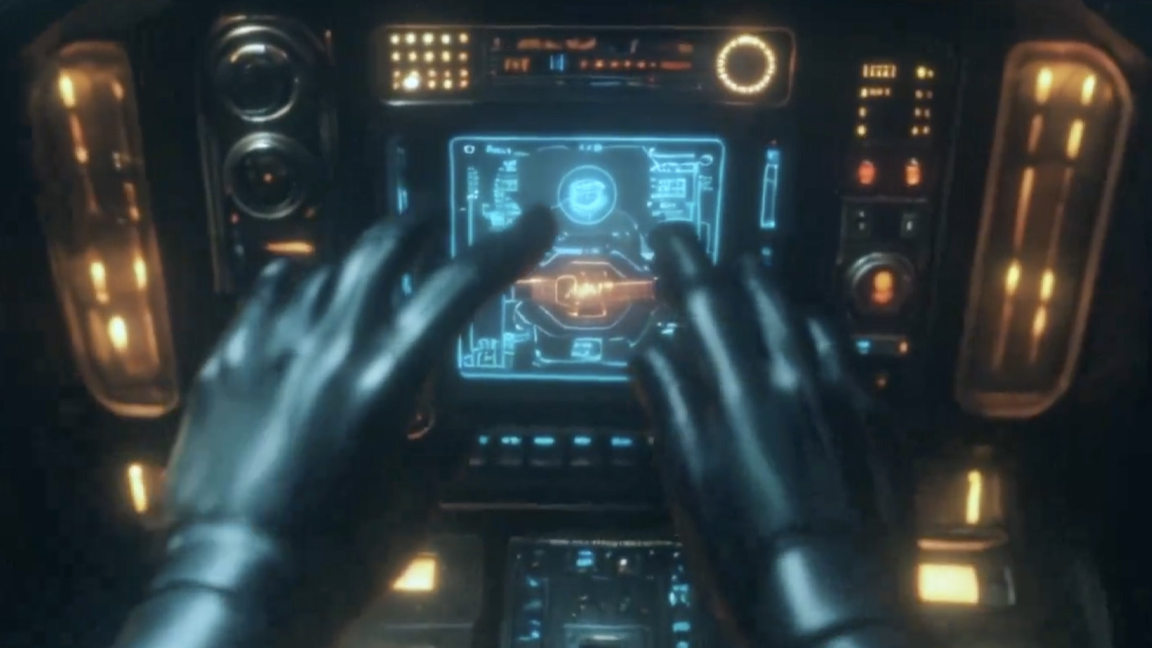
"Once I had a blank canvas to start working with, I jumped right into crafting the music video’s visual narrative," says Guy. "As the music video is a non-linear narrative, I actually didn’t need to develop an entire storyboard. But what I was able to use the tool for was generating alternative scenes and inspiring additional ideas."
When it came to creating scenes for the video Guy explains how everything took seconds and he was able to regenerate and find new ideas instantly. He goes into detail, saying: "From the opening frames with ominous outer-space backdrops like meteors drifting and a menacing black hole all the way to the ending where our travellers land on an alien planet dotted with ancient temples – each shot was generated in seconds and I was able to generate various options to choose from until I got what I was looking for."
Guy tells me the process "had an easy flow" to it and using the Shot Editor was "like having an extension of my creativity" and shares how using RTX Studio gave him the confidence to add or remove elements, "and fine-tune each frame until it perfectly matched my vision".
As he explains the process in detail, Guy jokes, "one thing about directors is that they usually need everything fully mapped out before shooting" before explaining how "with AI, I could fill in the gaps during post-production with AI-generated visuals where needed. This not only saved me a ton of time in the storyboarding phase but also allowed me to quickly fix any gaps in the final product without losing days of work."
Using AI to generate a style reference
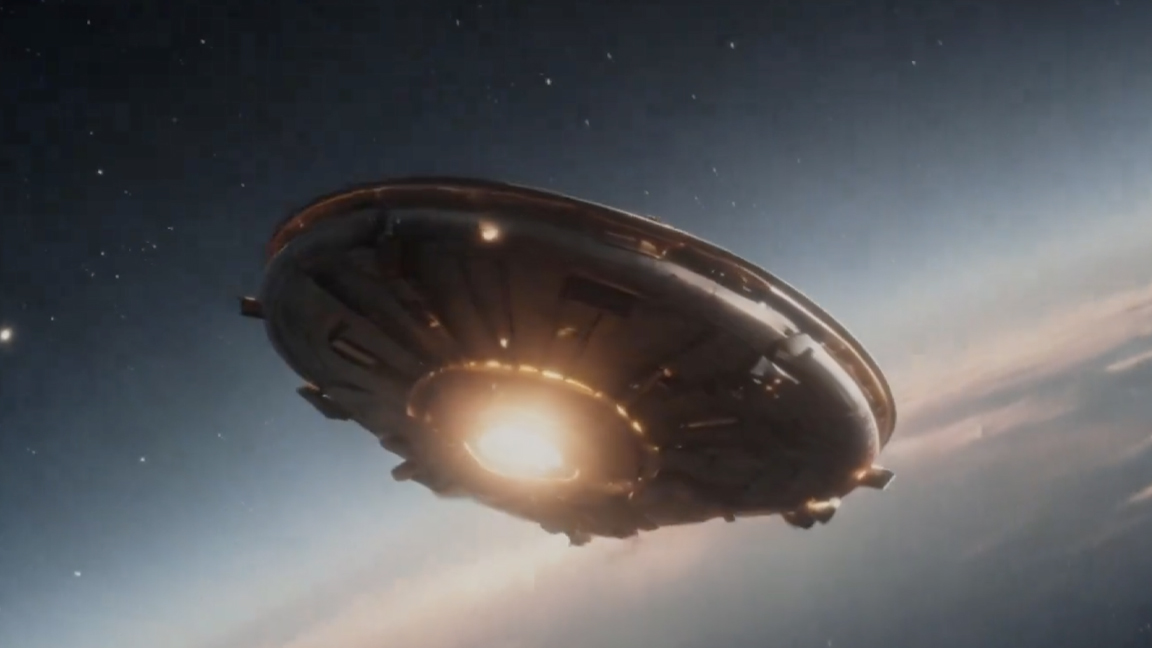
"I had a very specific look in mind for the music video, drawing inspiration from one of my favourite artists, Moebius, as well as the big names of cinema like Stanley Kubrick," shares Guy. "I somehow wanted to bring these references together to create an entirely new aesthetic. LTX Studio has these cool built-in style options – you can go anime, cinematic, you name it."
But Guy wanted something more unique than a mash-up of his favourite things. "I really wanted the vibe to take on a metaphysical feel – like technology came from a spiritual source – and that was a creative style I had to bring to life," he says.
Good news for Guy, the Lightricks team was on board. Guy reveals: "Even though their 'Style Reference' feature wasn't officially out yet, we worked together to make it happen. I gave them a reference image, and they helped apply that style to the whole storyboard. It was a cool collaborative process, and it actually helped shape the 'Style Reference' feature that's in LTX Studio today."
AI can help develop live action character design
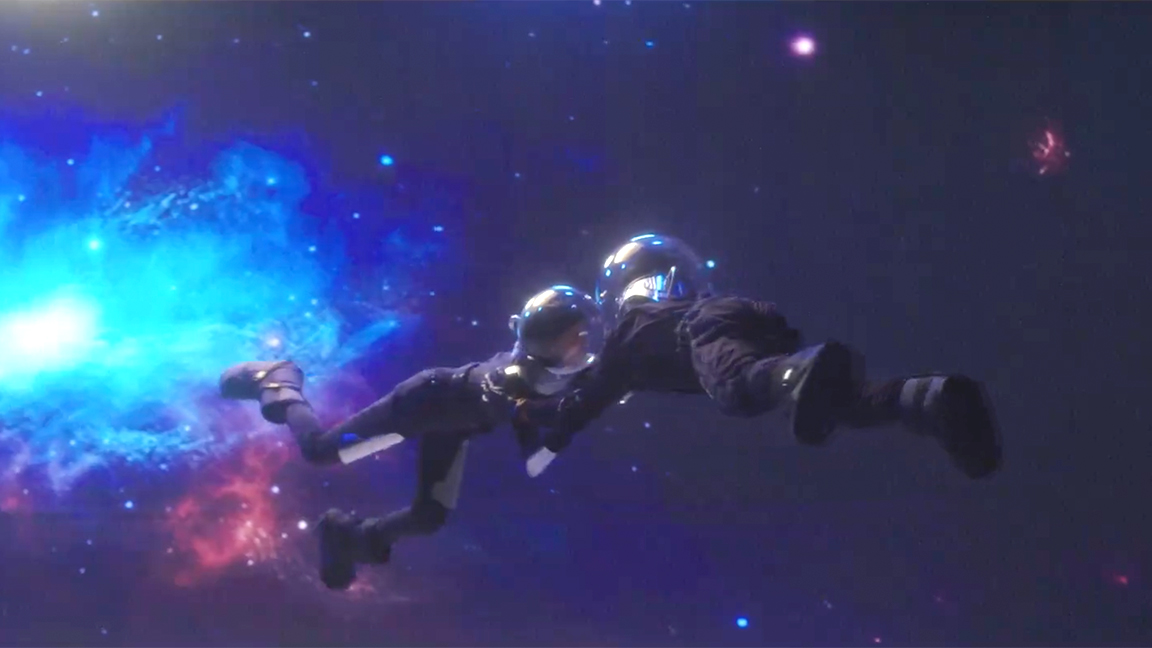
For the most part, Guy and his team used LTX Studio to generate the music video’s backgrounds and visuals, but they also used live-action actors, which added a further dimension.
"I wanted to make sure the visual style being conveyed in the imagery was being carried through to the characters as well," says Guy who explains how he used the character development tools from LTX Studio "to inspire and develop how I wanted the characters to look".
He tells me how he was inspired by elements of designers such as Thierry Mugler, 1970s sci-fi visuals, and modern functional space suits. Guy wanted to craft a visual design for the video's characters that combined all of these influences.
"I’m all about that vintage vibe and wanted the characters to embody that kind of futuristic-yet-retro style you see throughout the music video," says Guy, adding: "I was able to use the AI to customise how each character would look with simple prompts and reference images – from the human travellers in their space suits to the band of astronauts clad in black suits and metallic helmets, and even the alien lifeforms – and bring that to life in the live-action shots."
If you want to get into filmmaking, read our guides to the best laptops for video editing, the best video editing software and pick up some advice in our list of After Effects tutorials for motion design and VFX.







